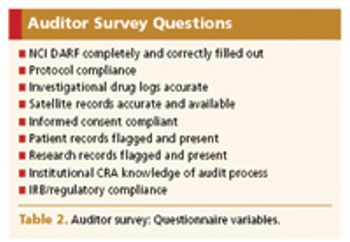
Study findings show class attendance improves the outcome of CRA audits.

Study findings show class attendance improves the outcome of CRA audits.
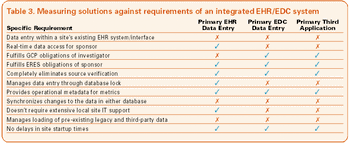
The single most important need for integrating EHR and EDC is the elimination of redundant data entry.

A common set of rules for ensuring a two-way flow of information and addressing subjects' needs.

With the help of Microsoft, Broadpeak and DataLabs prove seamless integration is possible.

Increasing cultural awareness is key to helping the country meet recruitment challenges.
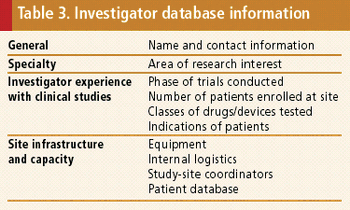
Europe is moving toward more intense patient contact through a variety of media.

Lack of adequate and attentive support is preventing some sites from fully taking advantage of EDC and ePRO technologies.

Despite requirements for consent forms at lower grade levels, evaluation studies find little or no improvement in understanding.

Strategies for eliminating factors that influence the placebo response during the clinical trial process.

To run productive, results-oriented meetings, you must understand how people hear and how they remember.
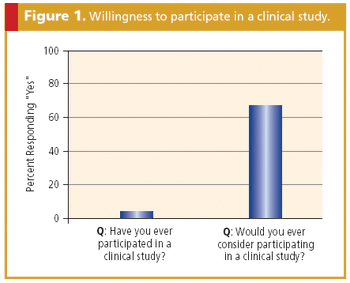
Survey results point to a correlation between clinical trial awareness and a willingness to enroll.

Performance, compliance, and financial pressures are hitting investigators hard. What can sponsors and CROs do to help the situation?

Following the model of the home health care industry might be the answer to high subject dropout rates in clinical trials.

True translation specialists do more than just interpret your words. They interpret your intentions as well.
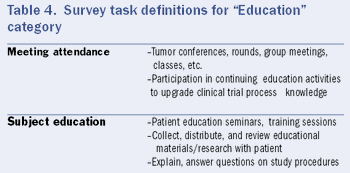
The aim of the study was to collect information from all individuals who assisted with COG CRA functions.

With the advent of personalized medicine and purported "race-based therapies" such as BilDil in the news, it is time the pharmaceutical industry makes a more concerted effort to engage racial and ethnic minority groups and the rural poor in clinical research.
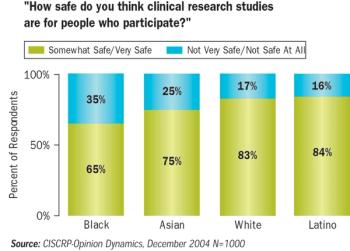
During the past decade, spending on patient recruitment programs has grown 16% annually. In that same period, volunteer randomization rates have declined.

The benefits of clinical site networks may outweigh the costs when sponsors consider the enhanced quality and timeliness as well as potential impact on enrollment.

Meeting today's drug development challenges by better preparing study coordinators

Most pharmaceutical companies place a high priority on reducing their costs to offset pressure on profit margins. They also struggle to accelerate the development of profitable new drugs: Based on drug sale statistics, pharmaceutical companies lose substantial revenue each day a new drug is delayed from reaching the market.
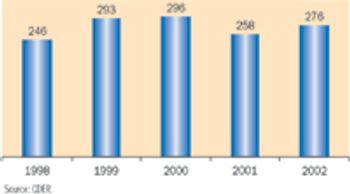
Because of its importance, the QA team should report to the highest level of management and maintain independence.

Trepidation and concern have been central to many U.K.-based discussions on the impact of the EU Directive on Good Clinical Practice in Clinical Trials.1 Some have suggested that the constraints imposed by the impending legislation may stifle innovation, leading to a reduction in novel academic research and the closure of some research centers. Other academic institutions are worried over increased costs of registering for any research project and of training the staff in good clinical practice (GCP). Many are also awakening to the implication of having one registered sponsor for each study who carries an exceedingly heavy administrative and legal burden.